Greece Today
Everyday scenes of Greece in paintings that evoke the quiet fatigue from living with economic uncertainty.
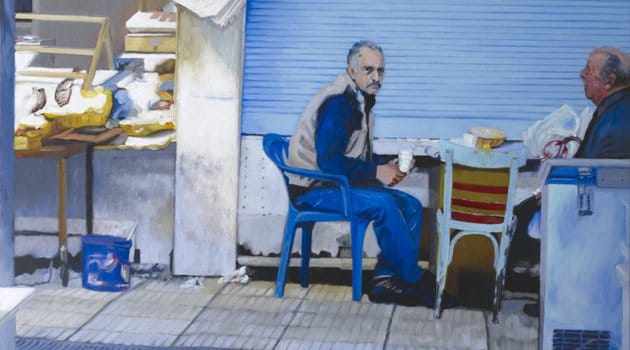
Interview by Karolle Rabarison
The Morning News: You were about to depart for Dallas when we first got in touch. Tell us about your ties to Texas.
Rosalyn Bodycomb: I have strong ties to Texas—I lived there for twenty-five years before moving to New York. I earned my BFA in Printmaking and MFA in Painting from Texas Christian University, Fort Worth. I had my first Solo exhibition in Dallas, thereby launching my career, and still have a house on Eagle Mountain Lake. Continue reading ↓
Rosalyn Bodycomb’s show “Cassandra” is on view through Feb. 16, 2013, at Conduit Gallery in Dallas. All images used with permission, © copyright the artist, all rights reserved.
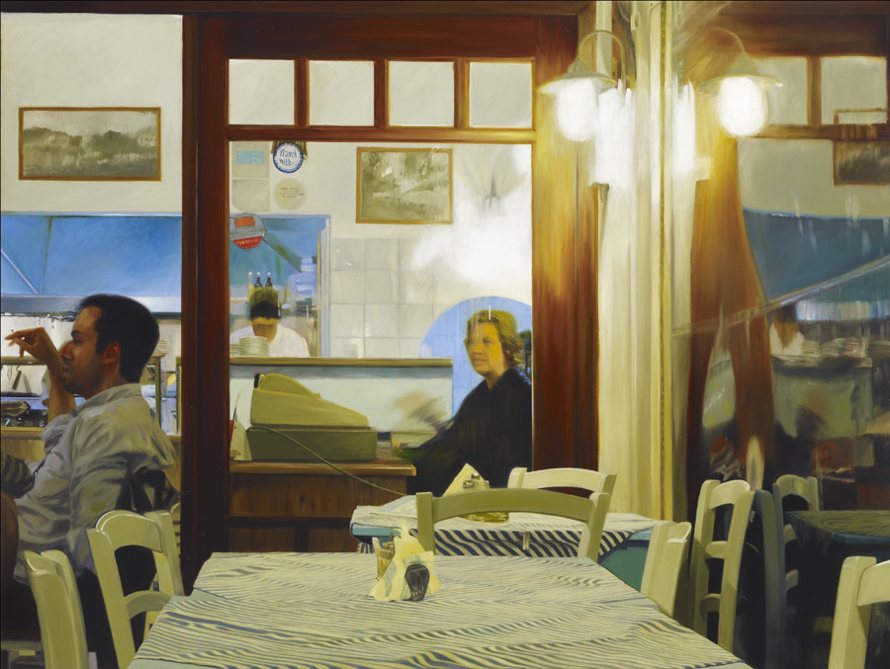
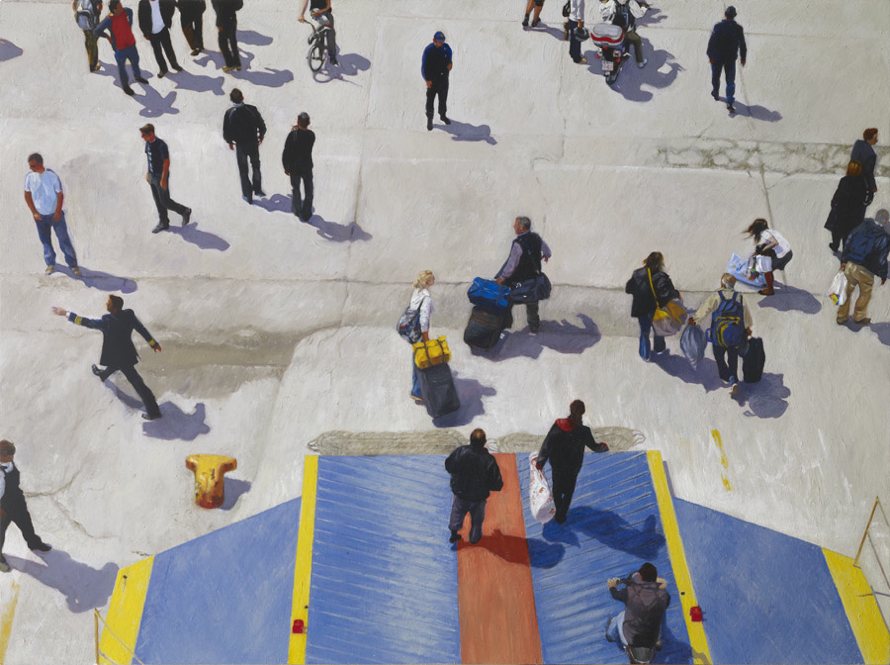
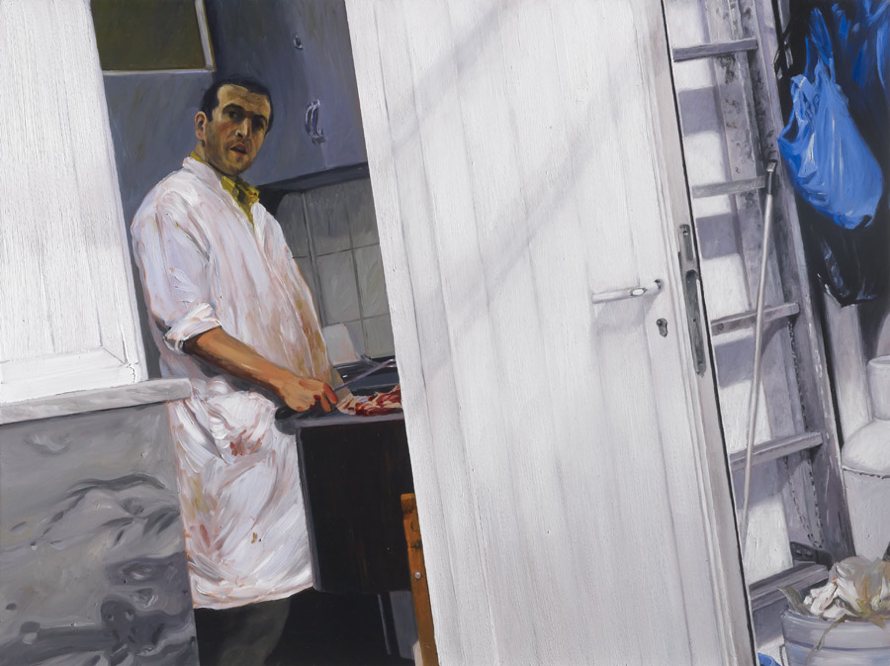
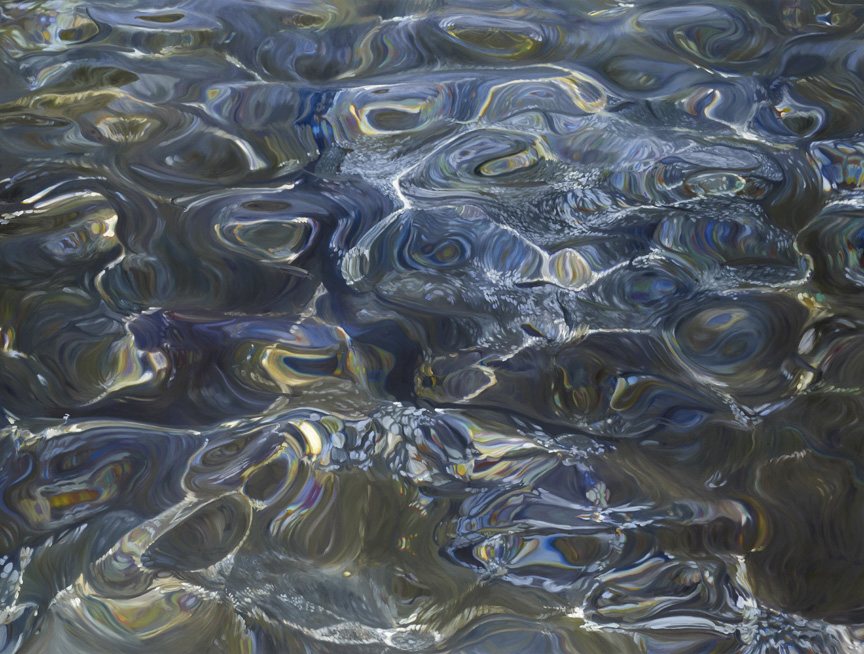
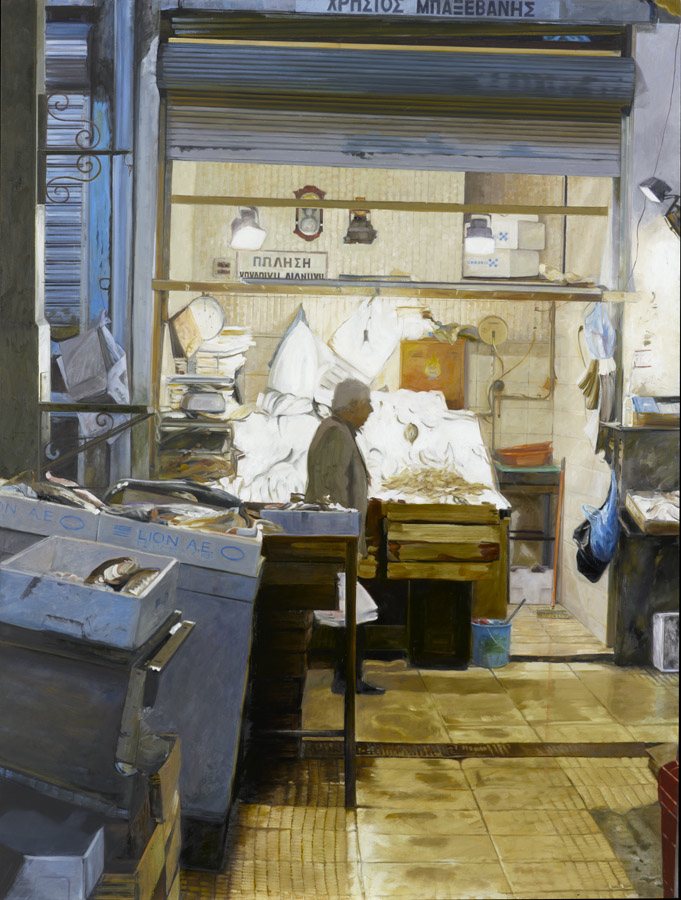
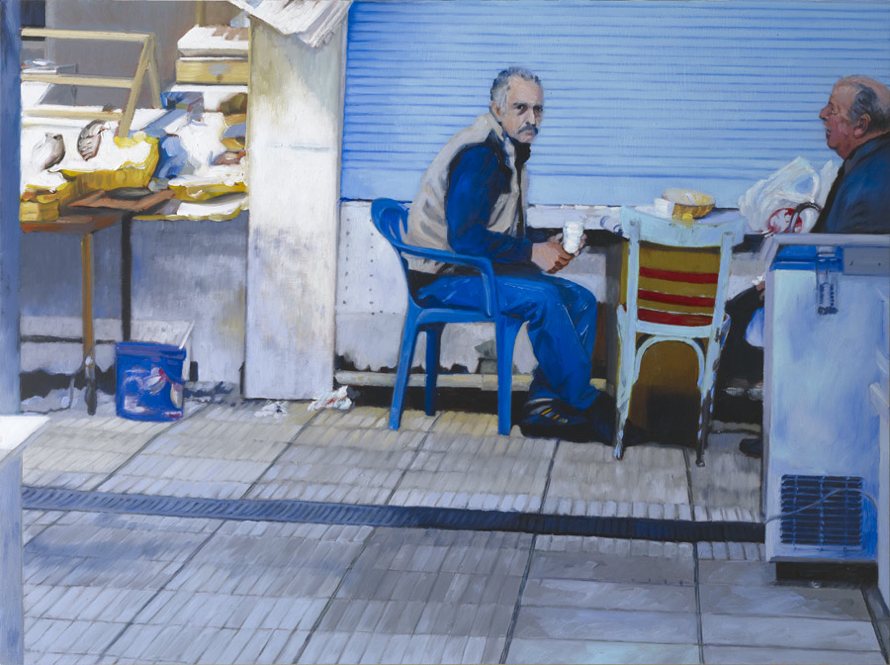
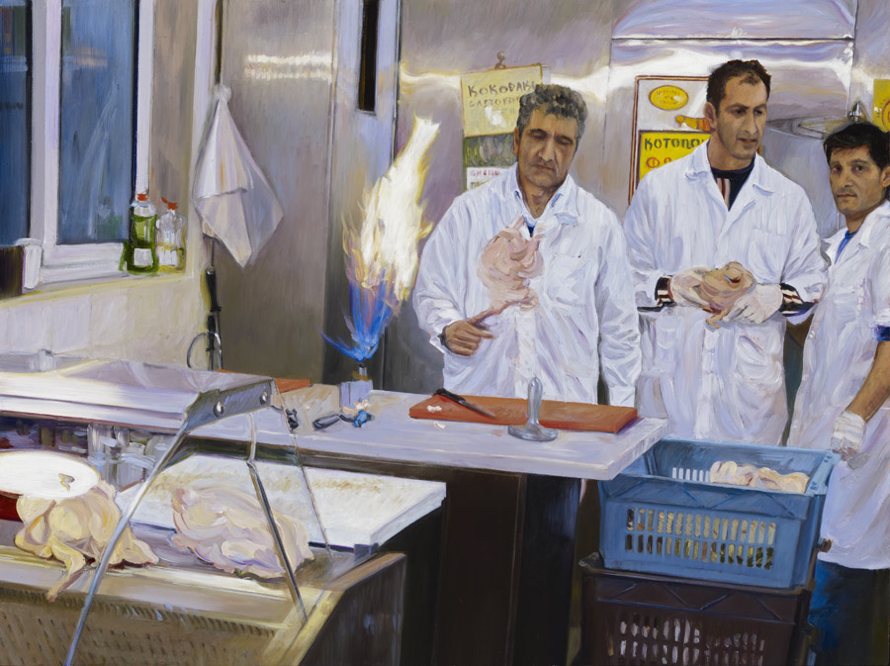
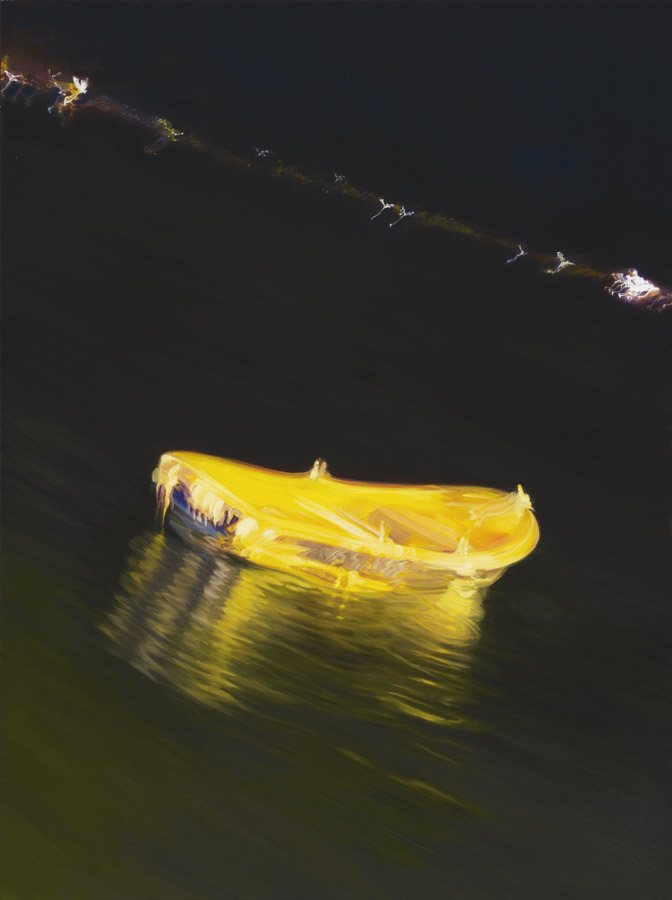
Interview continued
TMN: What is most challenging when working on a piece: to begin or to finish?
RB: In my case, it’s definitely the beginning. Some of my paintings are quite complex so they’re a little daunting at the outset. I tackle them by dividing the painting surface into sections—by painting small portions, I can essentially trick myself into taking on an intricate image.
TMN: The series is titled after a Greek prophet whose predictions nobody believed. What does Cassandra to do with modern-day Greece?
RB: The title of the show is a double entendre that references the tragic Greek beauty Cassandra and a peninsula in Central Macedonia known for its high municipal debt in the early 2000s. When I visited Greece in 2008, I was surprised by the third-world condition of Greece’s infrastructure and by the general malaise of its populace. If Cassandra were able, she would have warned of the impending fiscal crisis made evident in recent years—but of course, we wouldn’t have believed her.
TMN: What first struck me about ”Cassandra” was how all the characters appear pensive, lost in thought. My favorite is the man facing the viewer in “Modiano Market I.” What’s his story?
RB: I can’t tell you what his story is; we can only surmise.
TMN: How do the paintings reflect your response to Greece’s economic situation?
RB: Greece is an ancient country with a troubled political past, a disenfranchised population, and an unsure economic future. The paintings in the exhibition “Cassandra” portray that reality.
TMN: What irritates you about art?
RB: Nothing.
TMN: Describe your morning routine.
RB: I’m in the studio by 10:00 a.m. and work until between six and nine o’clock in the evening.
TMN: When are you most satisfied with your work?
RB: When I know that I have done my best to realize it.
